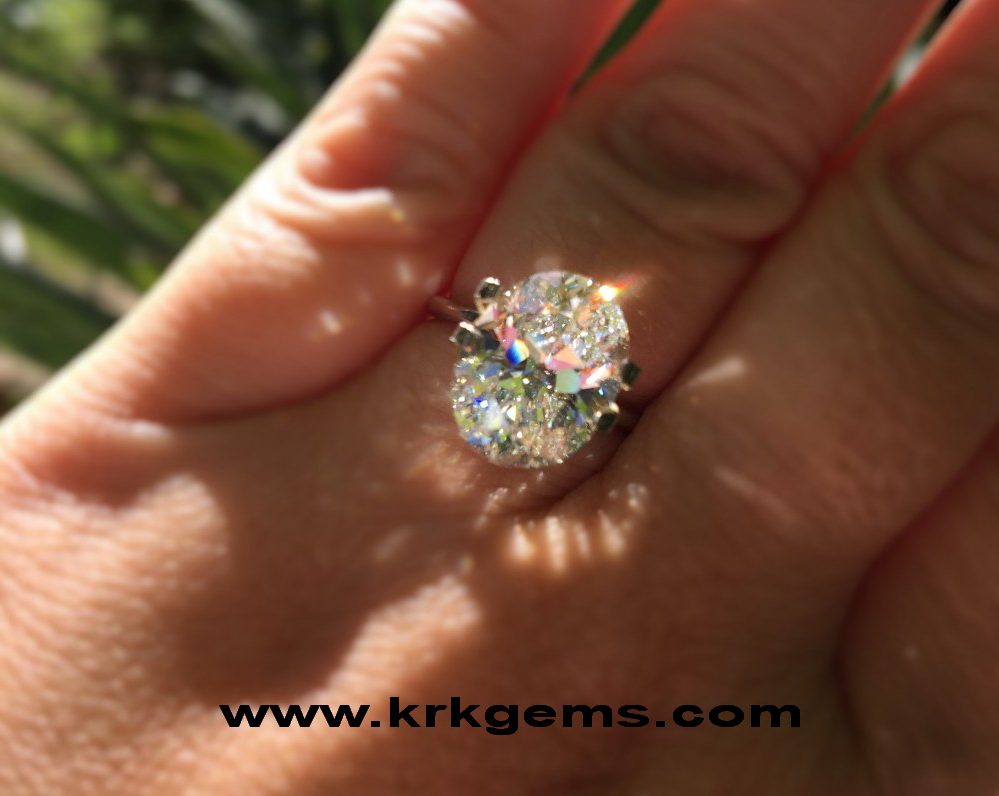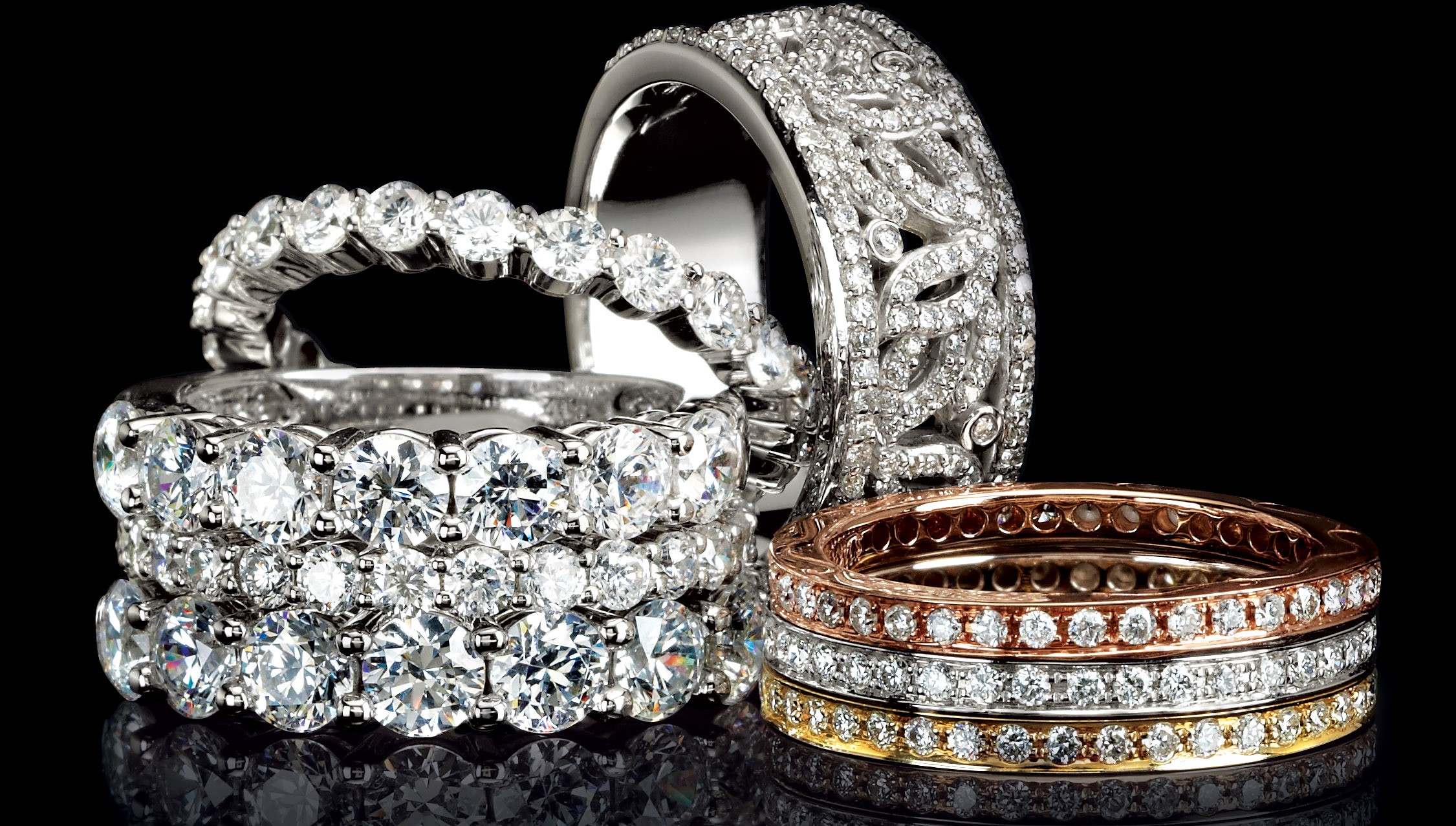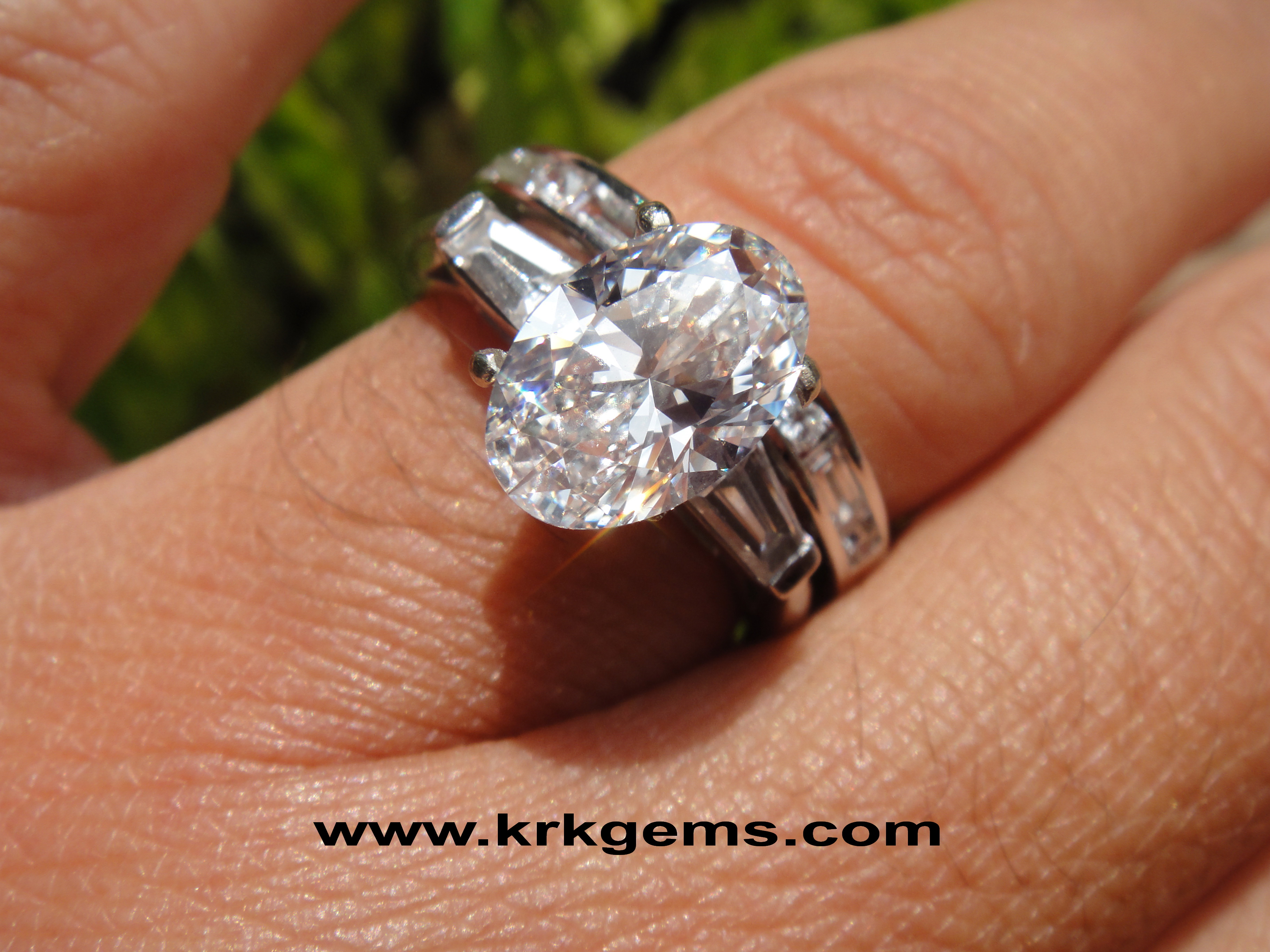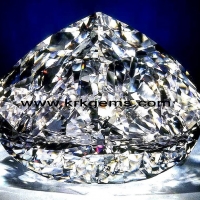DIAMOND CLARITY
Diamond Clarity Refers to the Absence of Inclusions and Blemishes
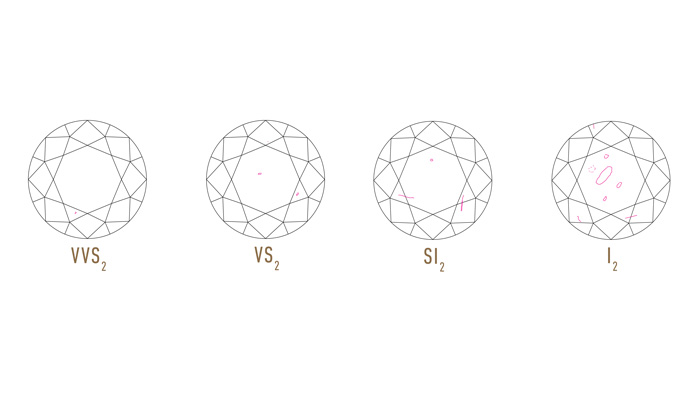 Natural diamonds are the result of carbon exposed to tremendous heat and pressure deep in the earth. This process can result in a variety of internal characteristics called ‘inclusions’ and external characteristics called ‘blemishes.’
Natural diamonds are the result of carbon exposed to tremendous heat and pressure deep in the earth. This process can result in a variety of internal characteristics called ‘inclusions’ and external characteristics called ‘blemishes.’
Evaluating diamond clarity involves determining the number, size, relief, nature, and position of these characteristics, as well as how these affect the overall appearance of the stone. While no diamond is perfectly pure, the closer it comes, the higher its value.
The GIA Diamond Clarity Scale has 6 categories, some of which are divided, for a total of 11 specific grades.
- Flawless (FL) No inclusions and no blemishes visible under 10x magnification
- Internally Flawless (IF) No inclusions visible under 10x magnification
- Very, Very Slightly Included (VVS1 and VVS2) Inclusions so slight they are difficult for a skilled grader to see under 10x magnification
- Very Slightly Included (VS1 and VS2) Inclusions are observed with effort under 10x magnification, but can be characterized as minor
- Slightly Included (SI1 and SI2) Inclusions are noticeable under 10x magnification
- Included (I1, I2, and I3) Inclusions are obvious under 10x magnification which may affect transparency and brilliance
This short video explains the GIA clarity scale and how GIA classifies diamonds with a clarity grade ranging from Flawless to I3 by using a 10X magnification loupe and a microscope to see and plot the diamond’s inclusions.
Many inclusions and blemishes are too tiny to be seen by anyone other than a trained diamond grader. To the naked eye, a VS1 and an SI2 diamond may look exactly the same, but these diamonds are quite different in terms of overall quality. This is why expert and accurate assessment of diamond clarity is extremely important.
HOW DID THE GIA CLARITY SCALE COME TO BE?
Like the color scale, GIA’s clarity grading system developed because jewelers were using terms that could be misinterpreted, “loupe clean” or “piqué.” Today, even if you buy a diamond somewhere else in the world, the jeweler will most likely use terms like VVS1 or SI2, even if his or her language is French or Japanese instead of English.
WHAT CAUSES INCLUSIONS?
Small crystals can become trapped in a diamond when it’s forming. Sometimes as a crystal grows it can develop irregularities in its atomic structure.
https://4cs.gia.edu/en-us/diamond-clarity/
